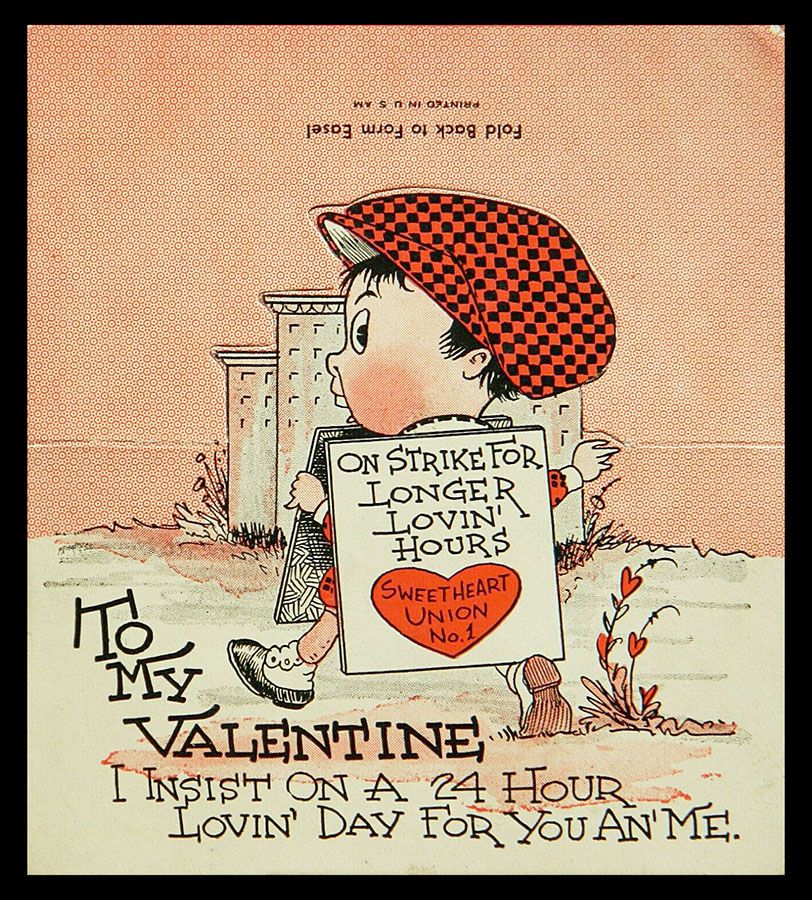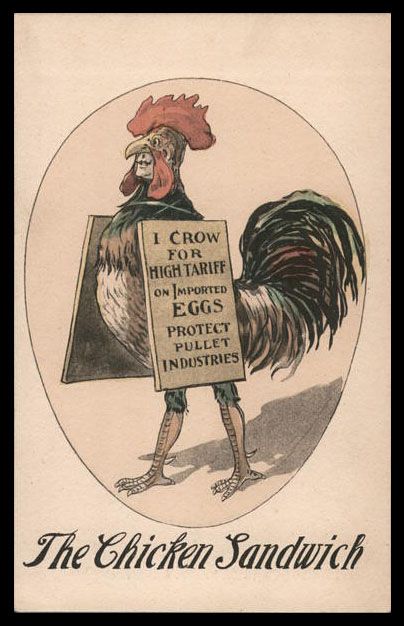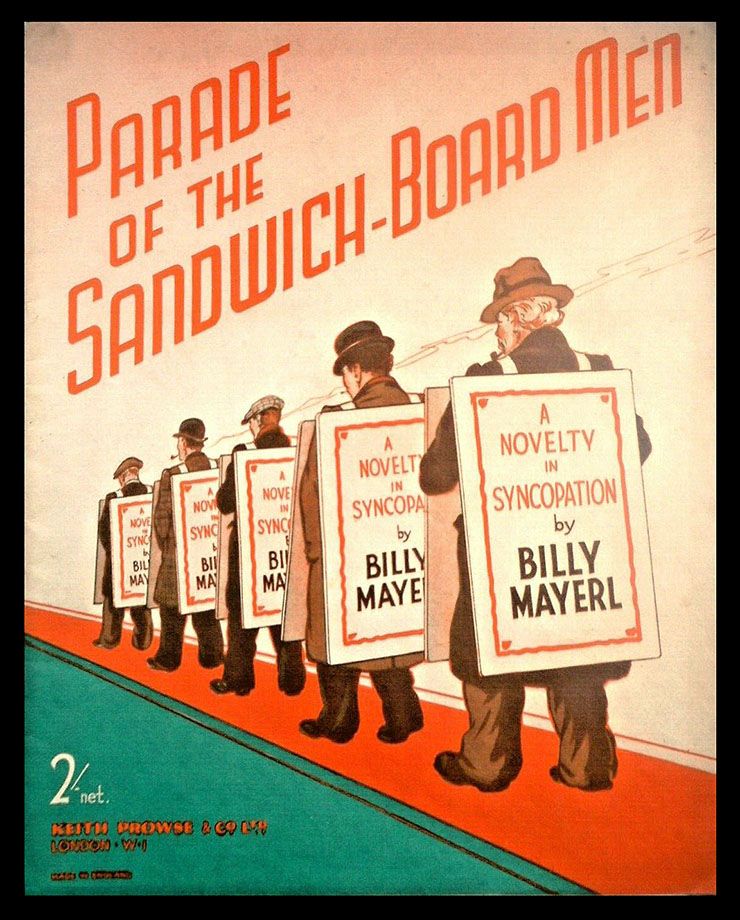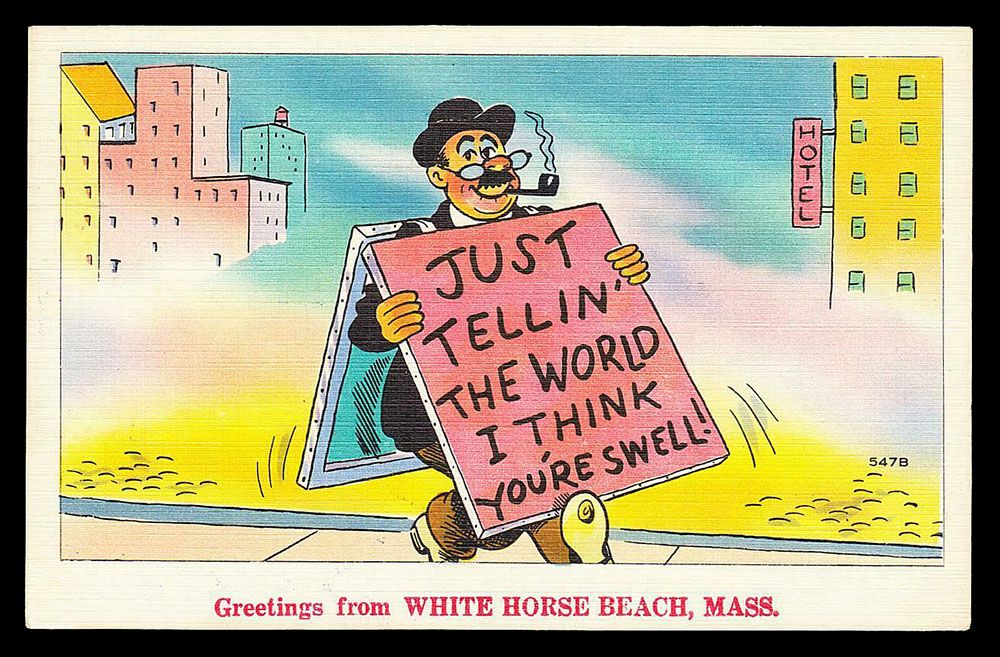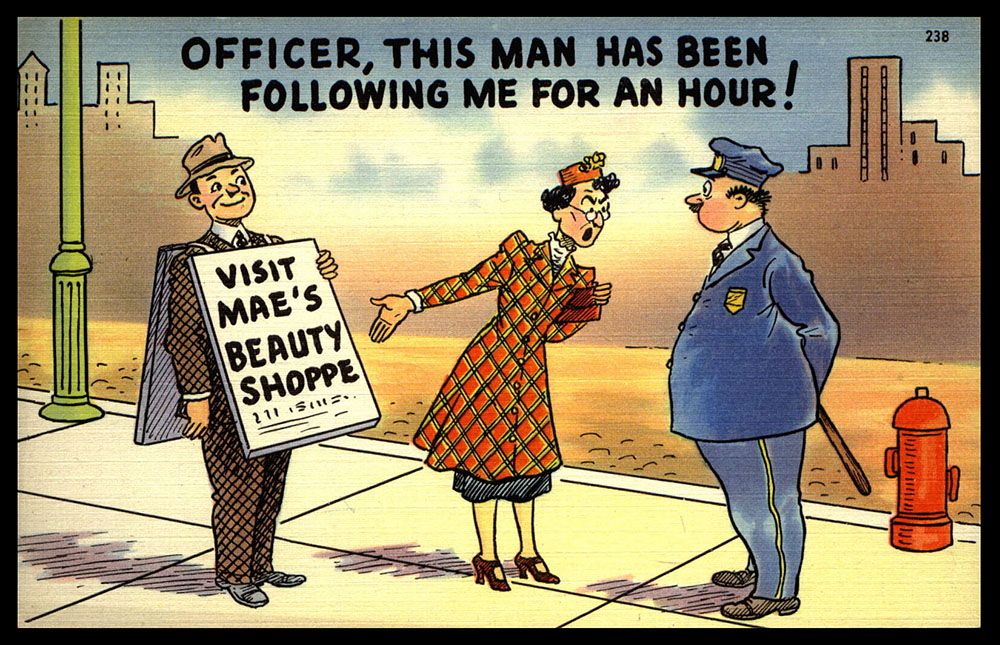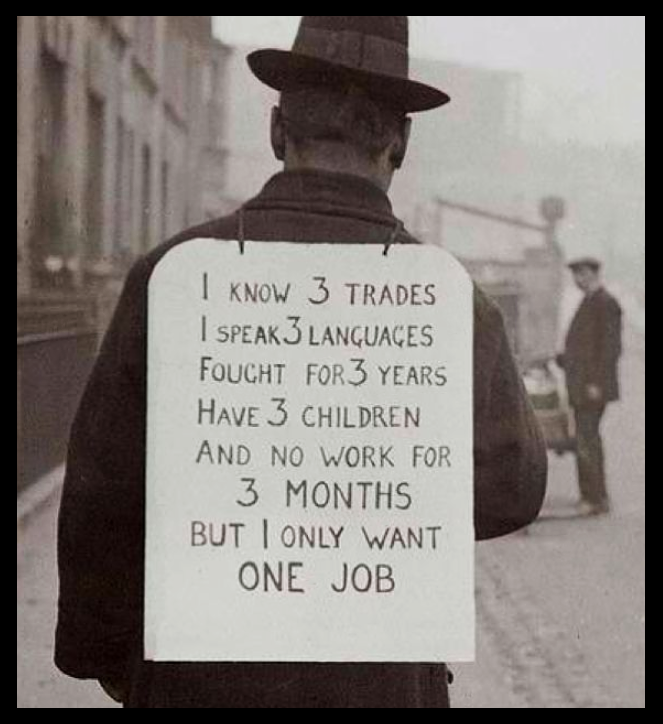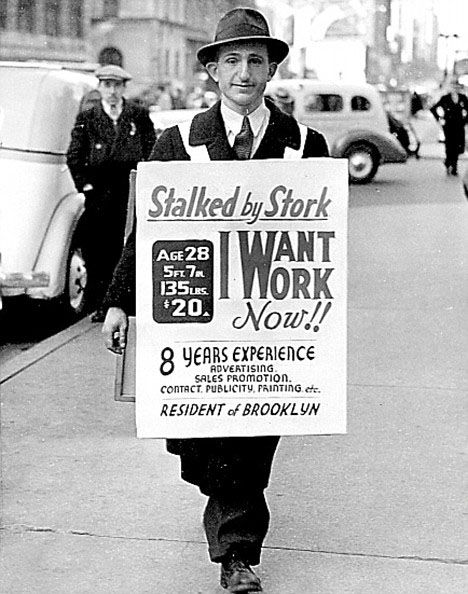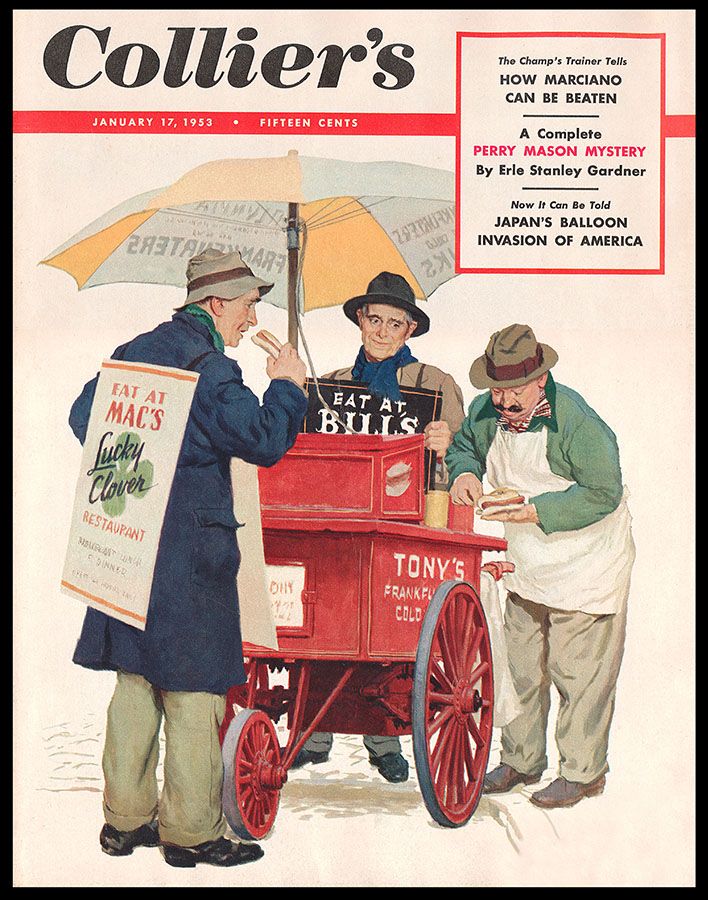Street Messages
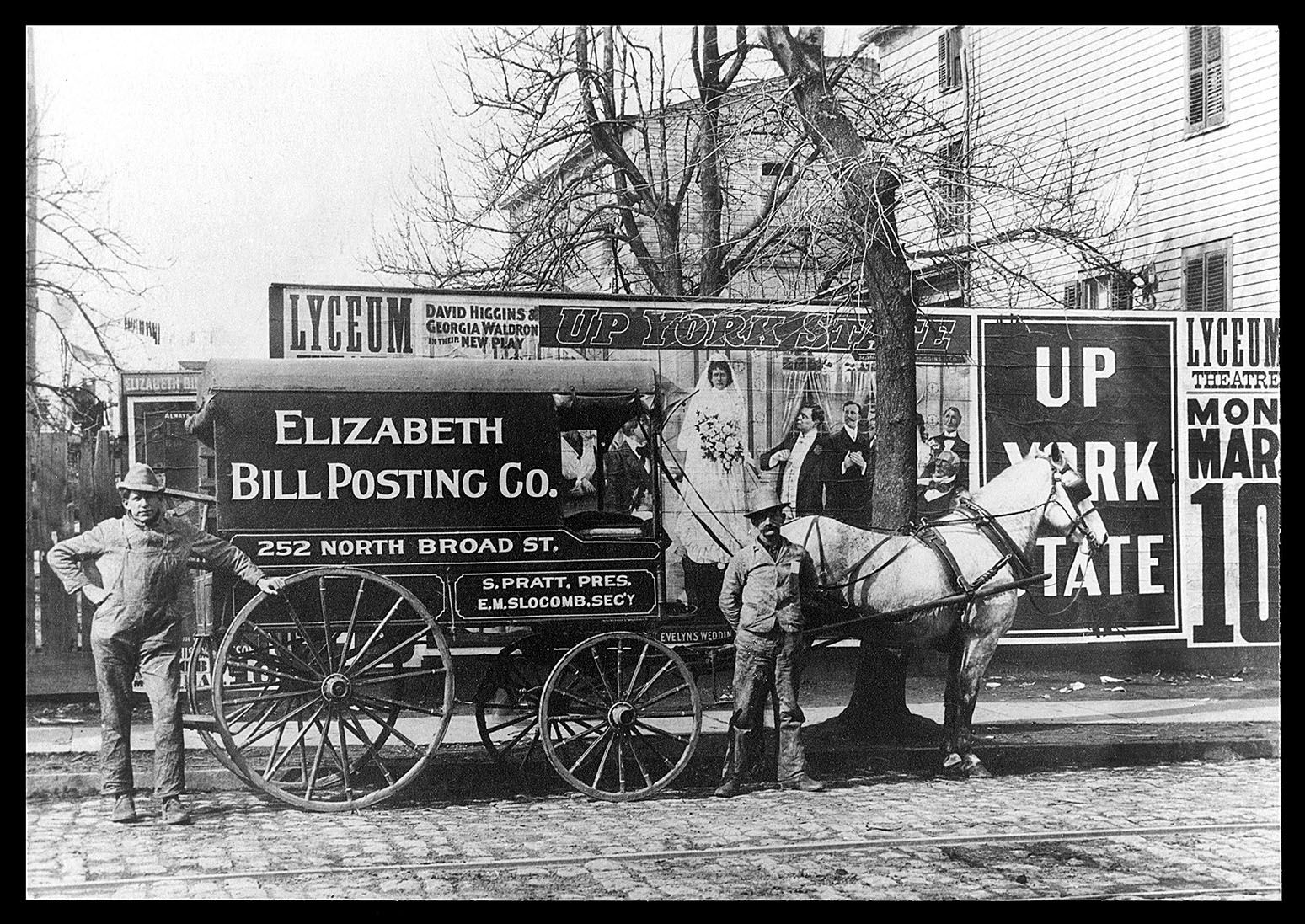
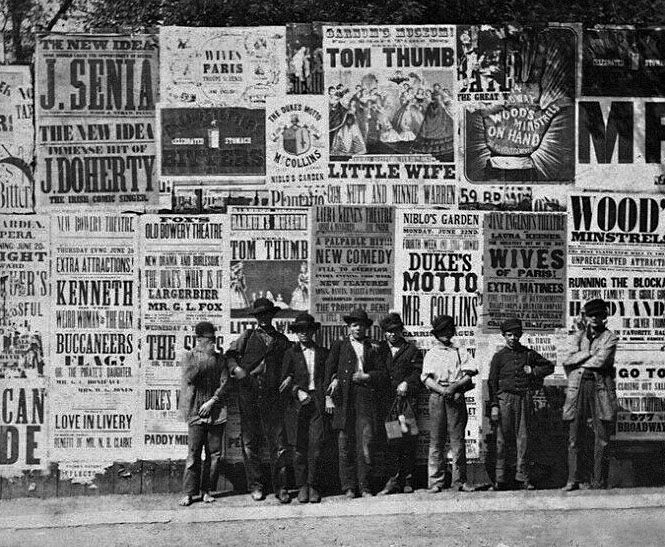
by Richard Sheaff
Nowadays some graffiti is granted more respect than once was the case, even being favorably dubbed “street messages” rather than vandalism. Personally, I’ve long been interested in the graphic appeal of much graffiti. But I write here not about graffiti, but about certain other types of street messages which have been with us for a very long time.
Back in the days of yore (and probably even pre-yore), town criers roamed the streets to convey messages. Fast forward to 2021, and ugly billboards still despoil many views with their tasteless messages (though in more and more landscapes they have been banned and removed). Lately some unfortunates are paid less than minimum wage to be “sign spinners”, standing on street corners waving various things to try to distract drivers and attract attention to commercial messages. But in between those days of Shakespeare and these days of motorcars, other sorts of street messages were widely seen.
To greatly oversimplify, “advertising” could at one time happen only by word of mouth, followed more-or-less-chronologically by handbills, text-only newspaper advertising notices, newspaper notices decorated with standard “stock cuts”, larger ads in magazines, and then—with the mid-19th century chromolithographic “color explosion”—trade cards, store cards, posters and the like. That run-through does little justice to the subject, but you get the idea.
What have caught my eye recently are two specific promotional techniques folks walking the streets of any city or town would have often seen in the 19th and 20th centuries and might even see today: bill postings and sandwich boards.
The job of a bill poster was to paste or nail broadsides, notices and posters on walls and other surfaces. Bill posting was a profession, and a universal manner of getting messages out to the public about upcoming performances, visiting circuses, scheduled balloon ascensions, health notices, meetings, patent medicines, beauty products . . . anything and everything. That sort of thing still happens, but today notices are generally thumbtacked or taped for easy removal. In earlier times printed materials were securely mounted with what was essentially wallpaper paste, or firmly nailed using specialized tack hammers.
A sandwich board was generally two boards or posters worn by a walking man, one on his front and one on his back; hence the man became a sandwich of sorts. Some carried advertisements, some made political statements, some were desperate pleas.
Below are a few examples of these now mostly passé methods of street messaging. One could form a substantial collection of ephemera on either or both of these topics!
Bill Posters
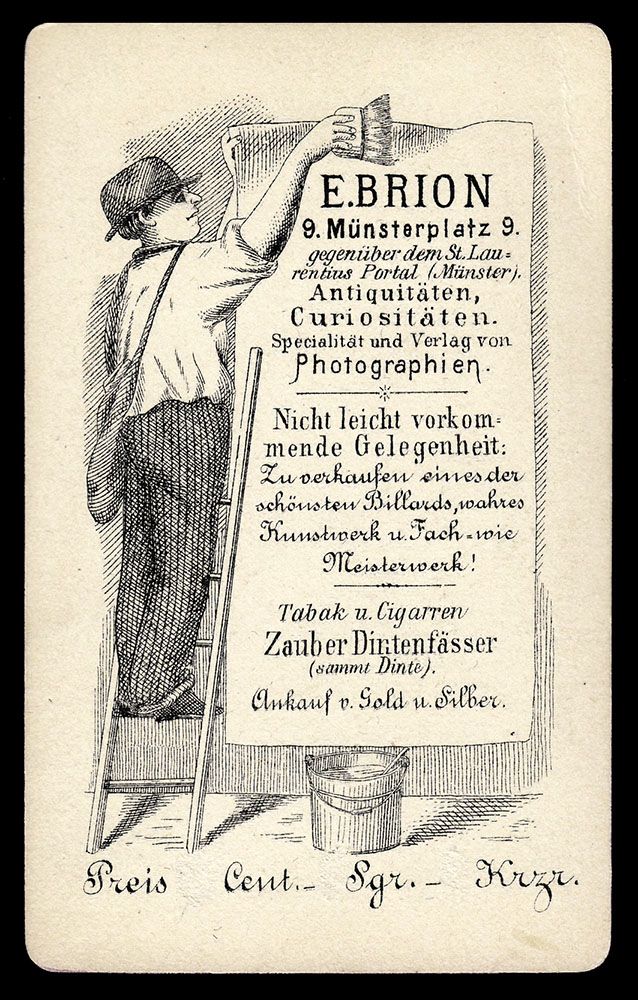
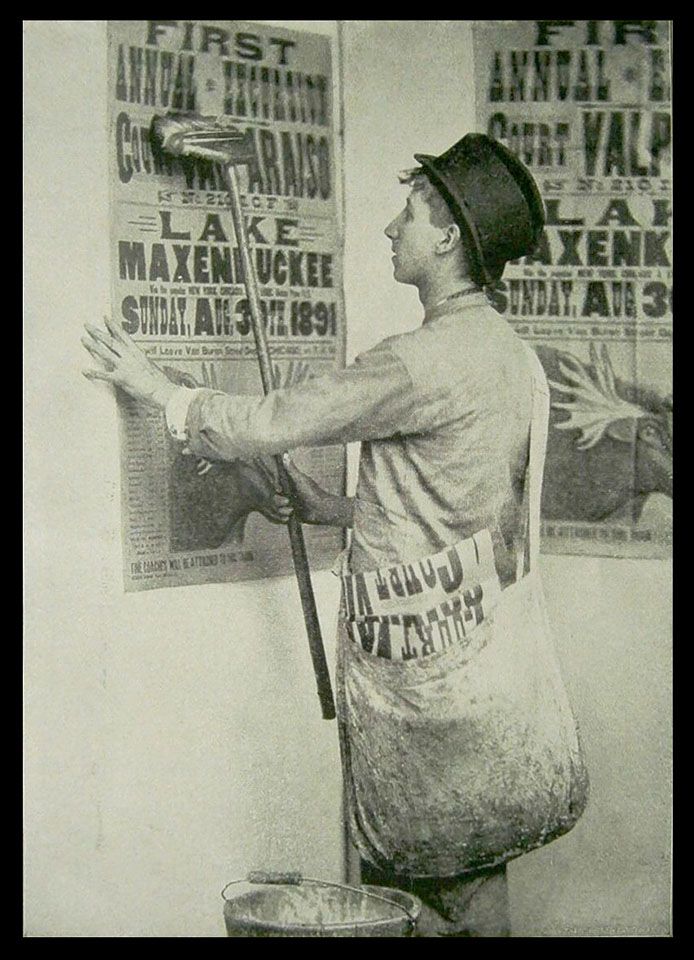
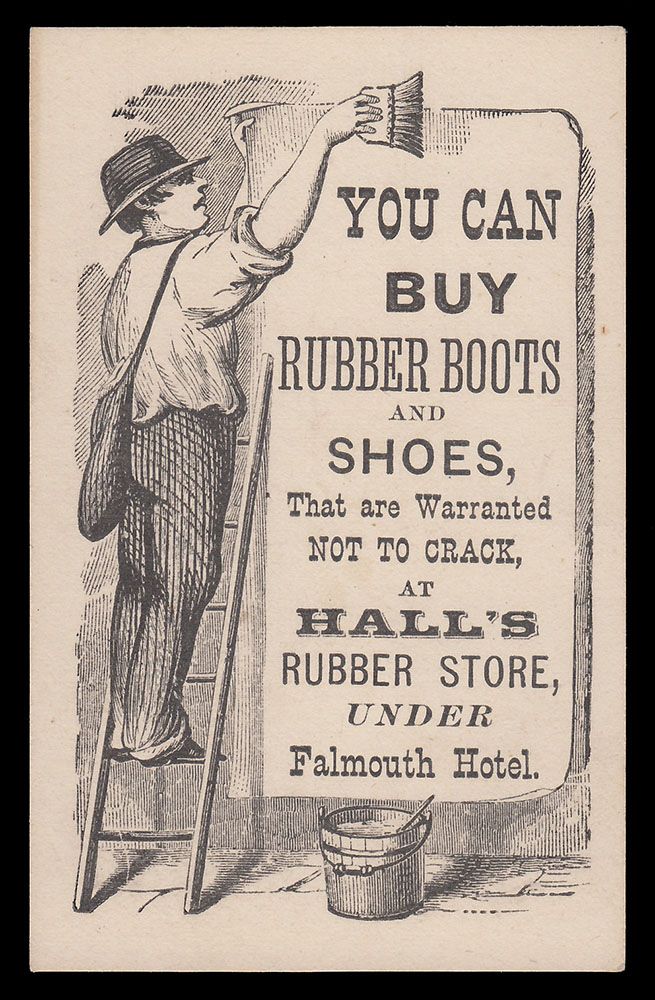
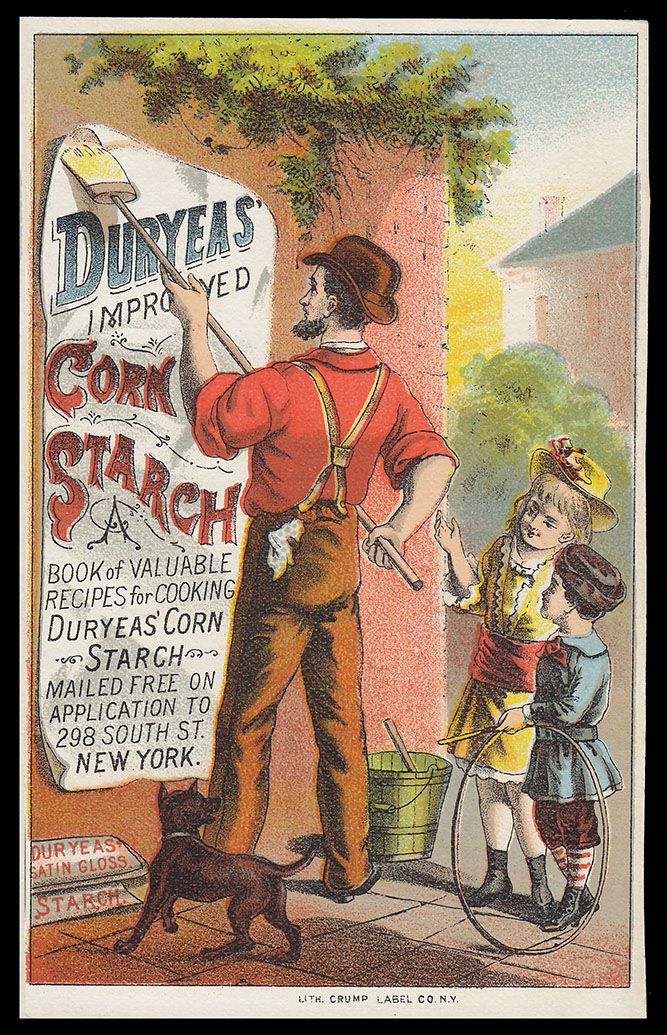
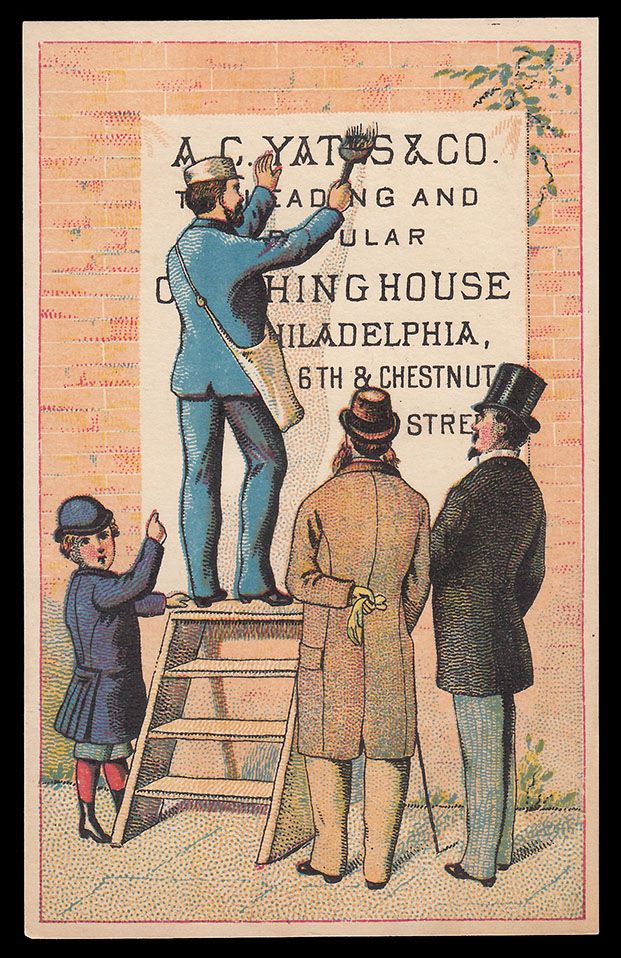
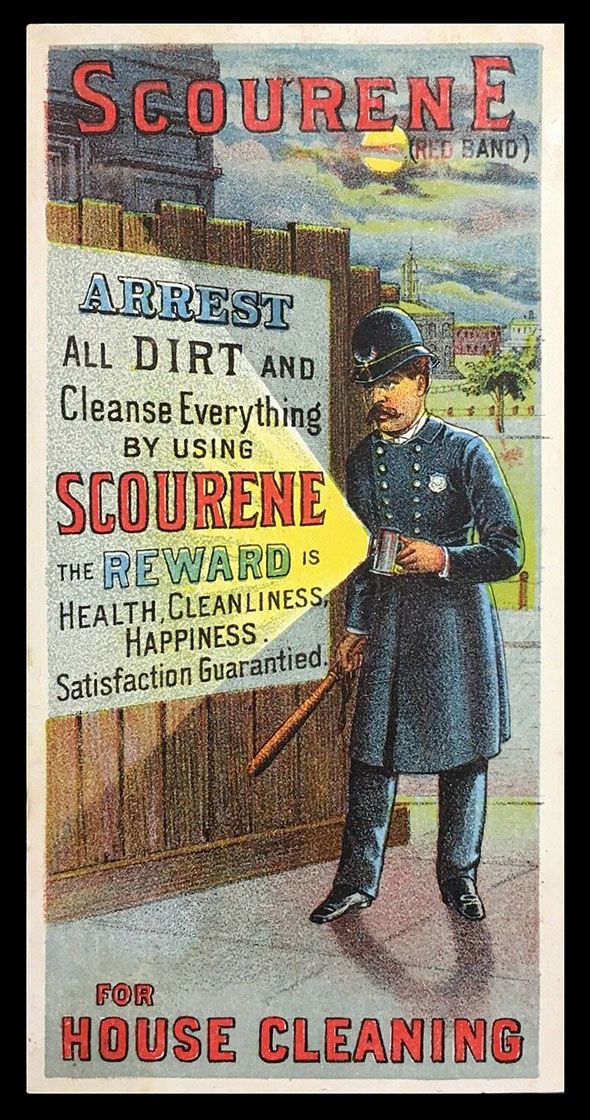
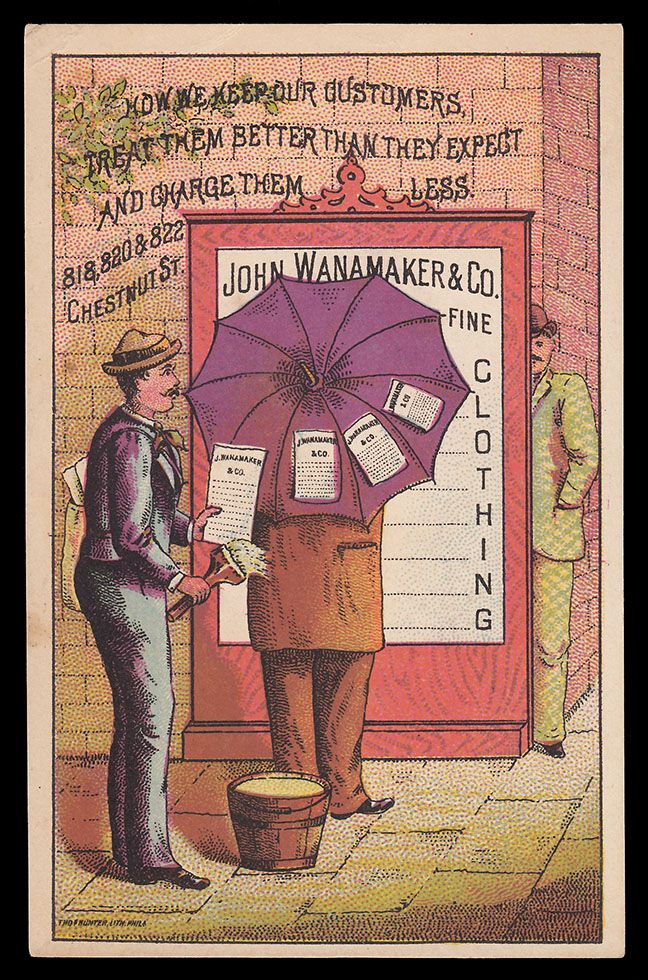
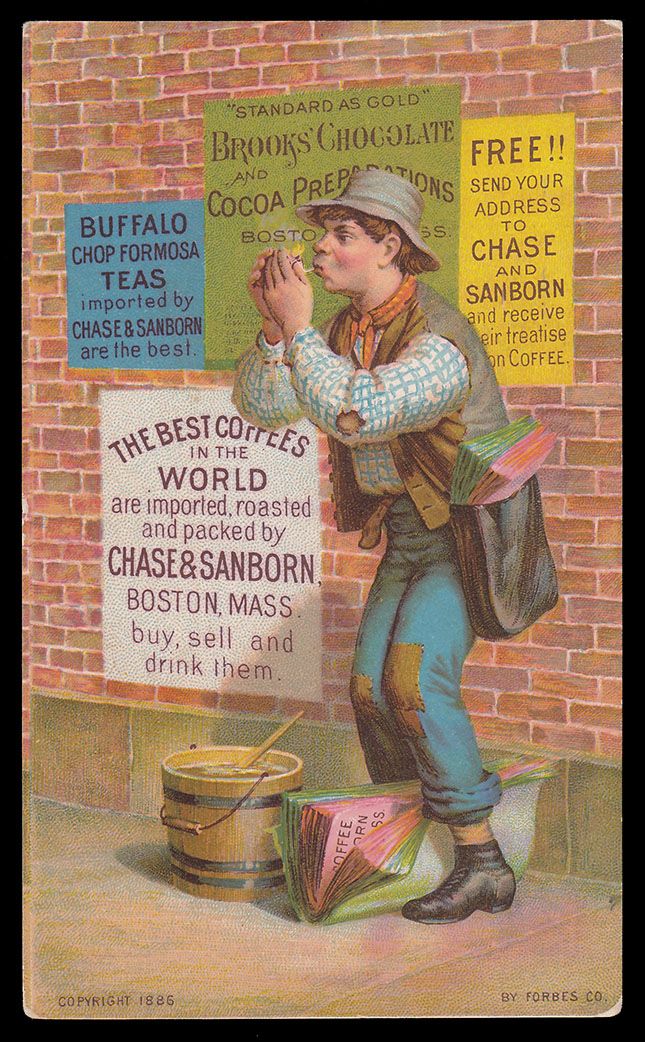
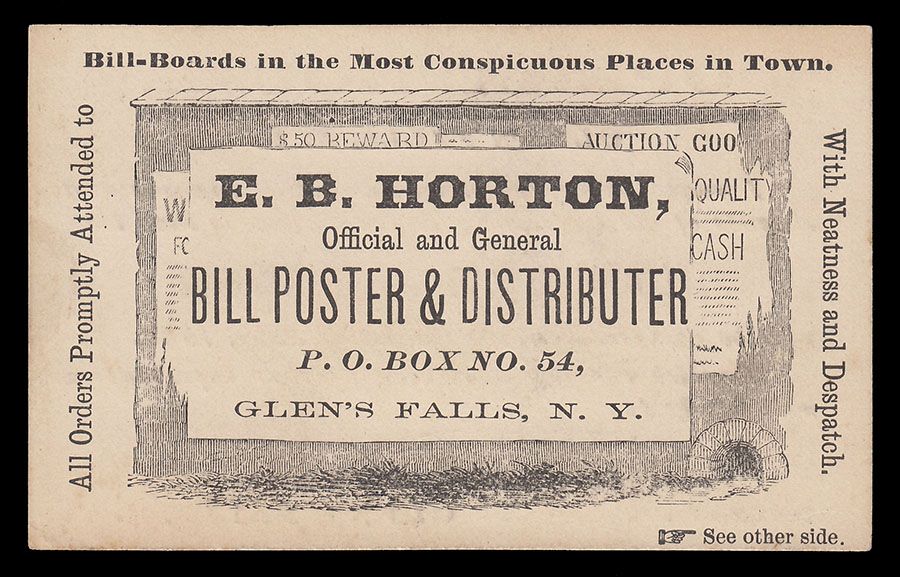
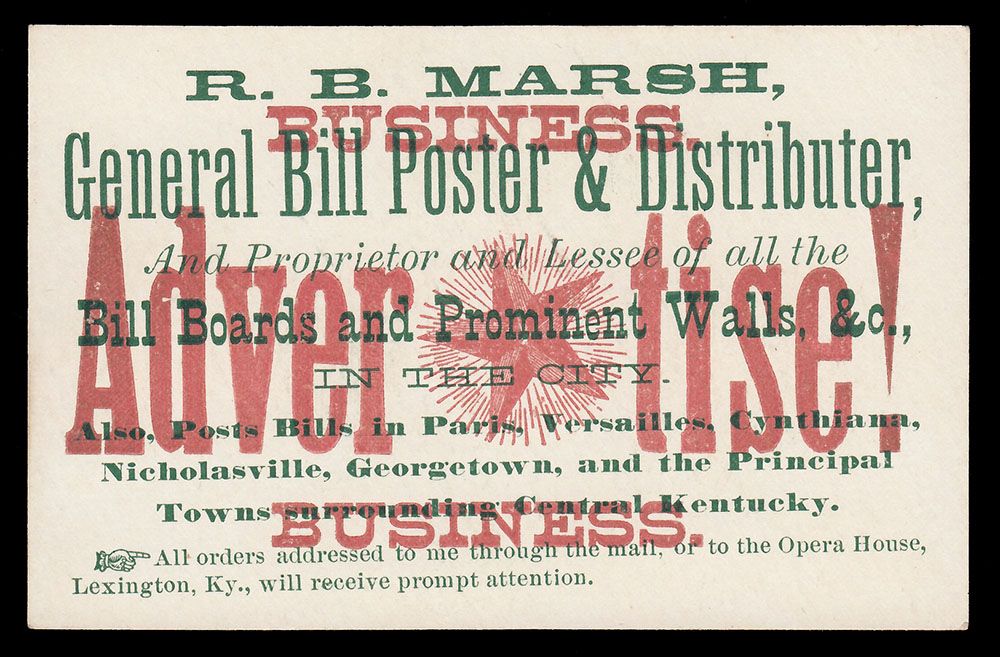
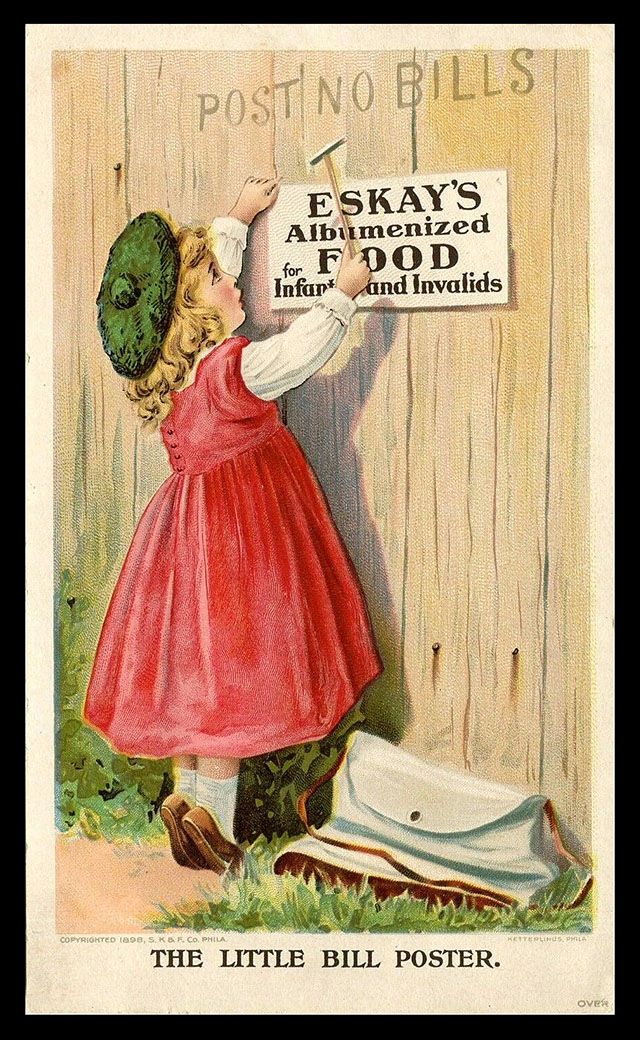
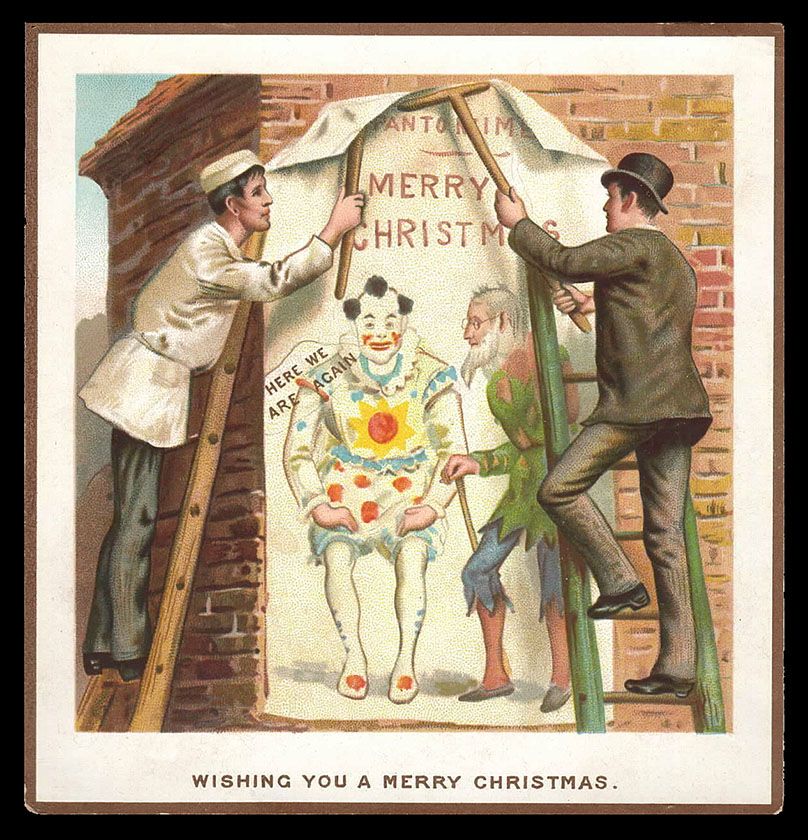
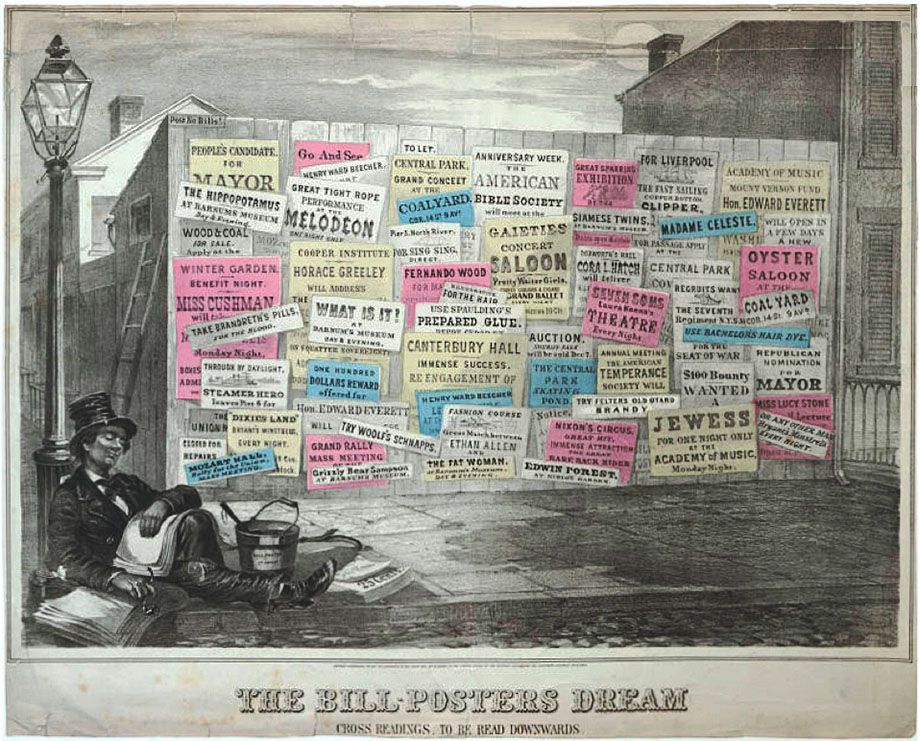
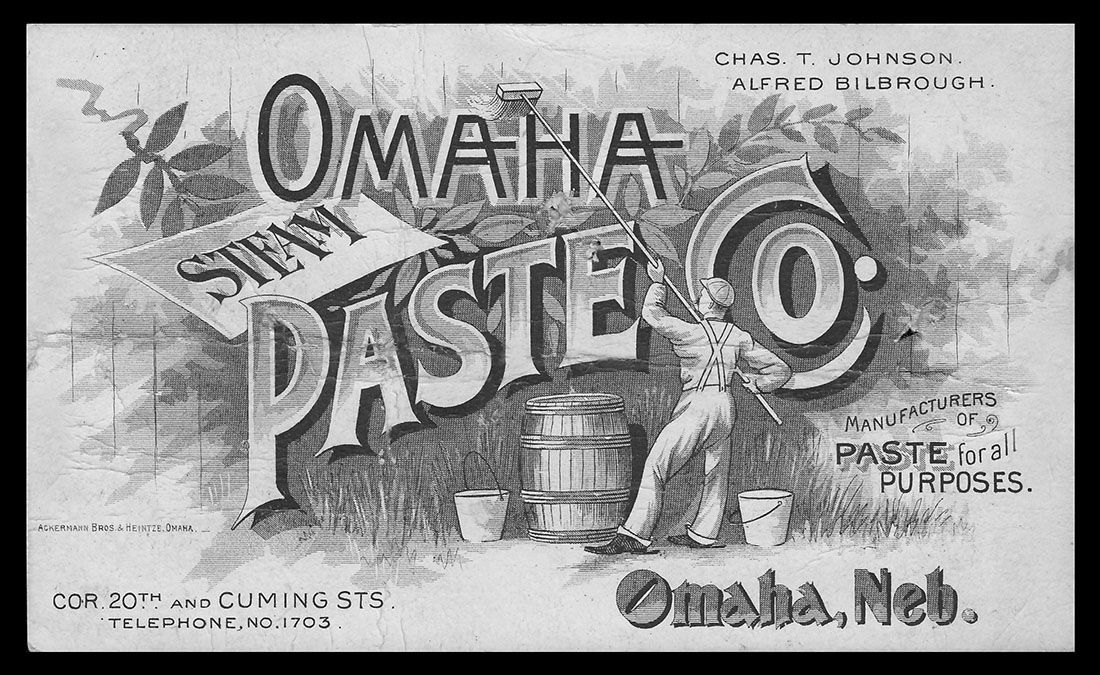
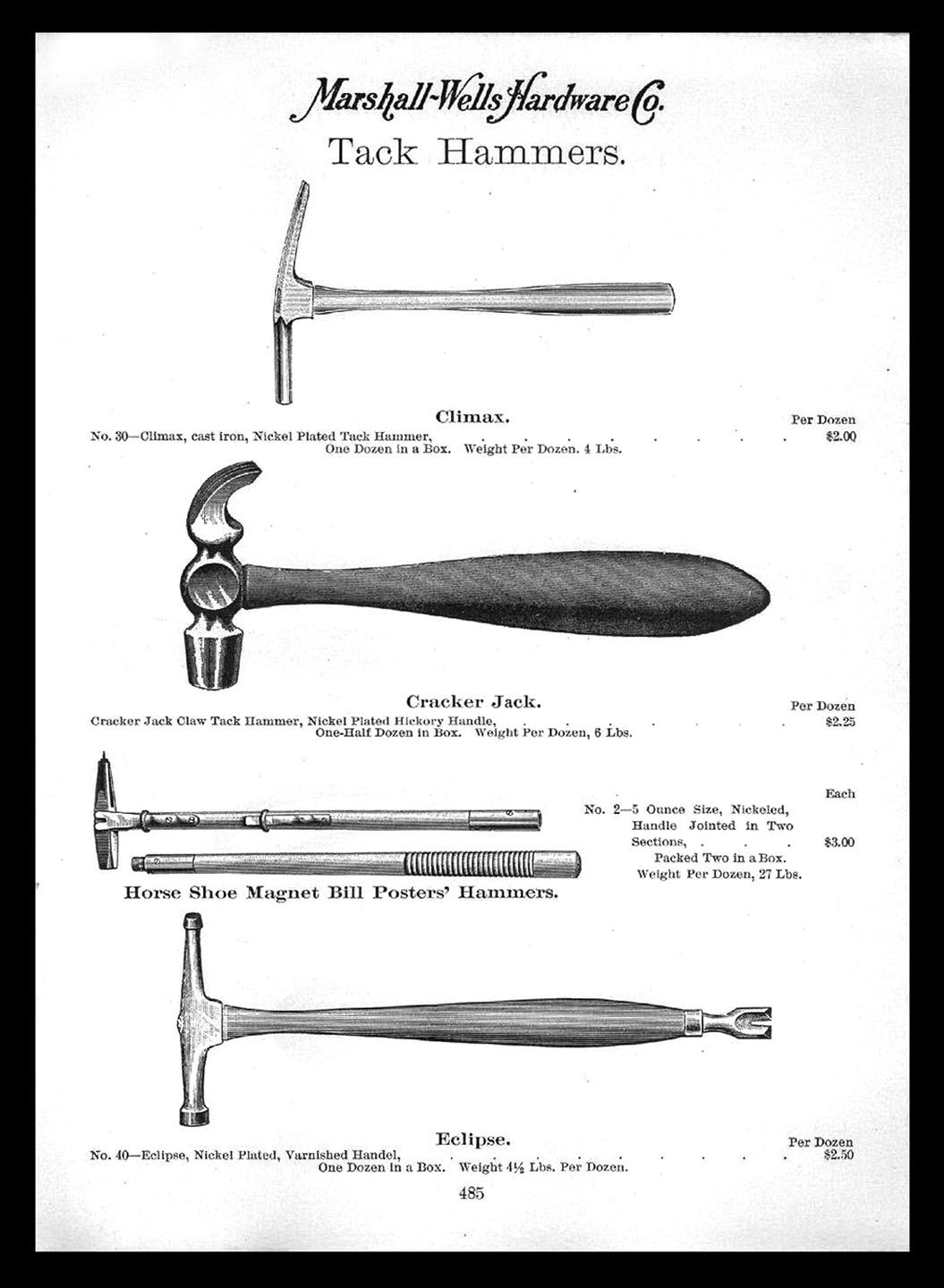
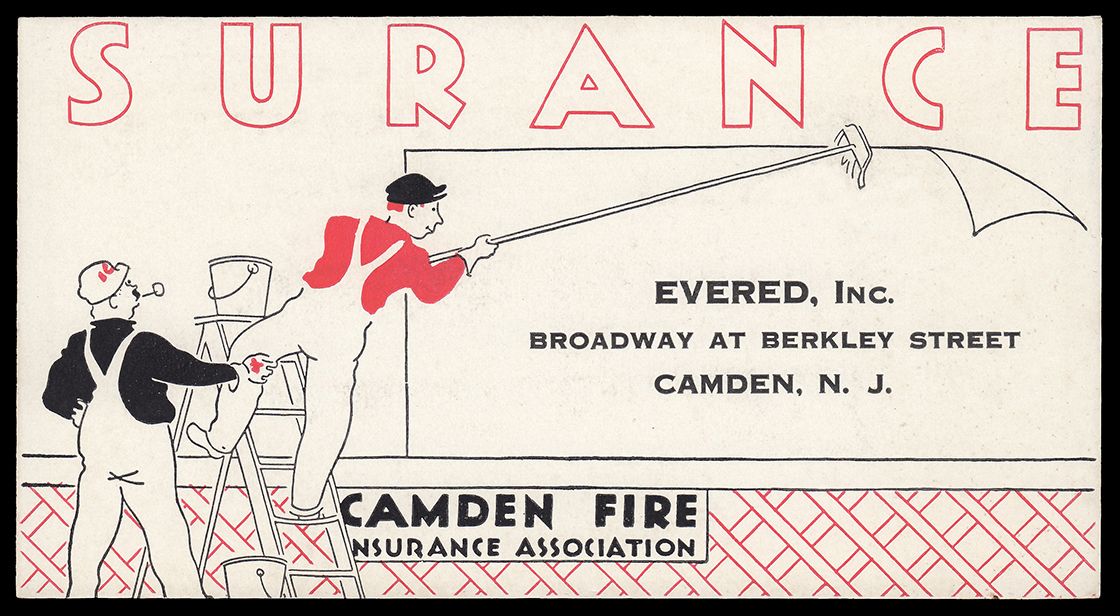
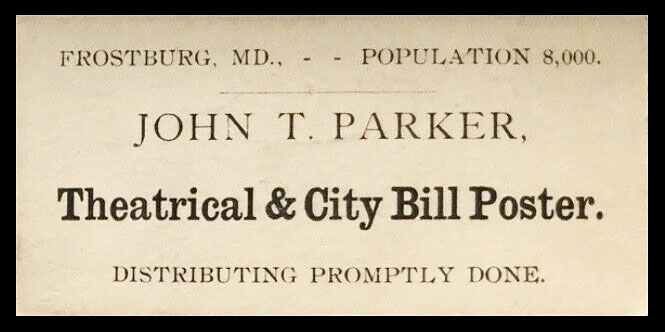
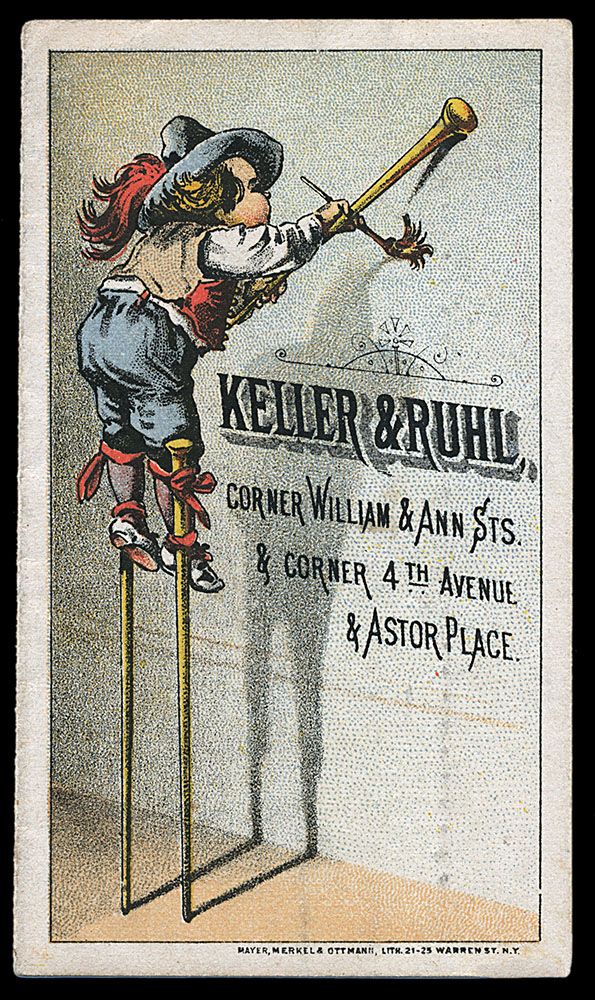
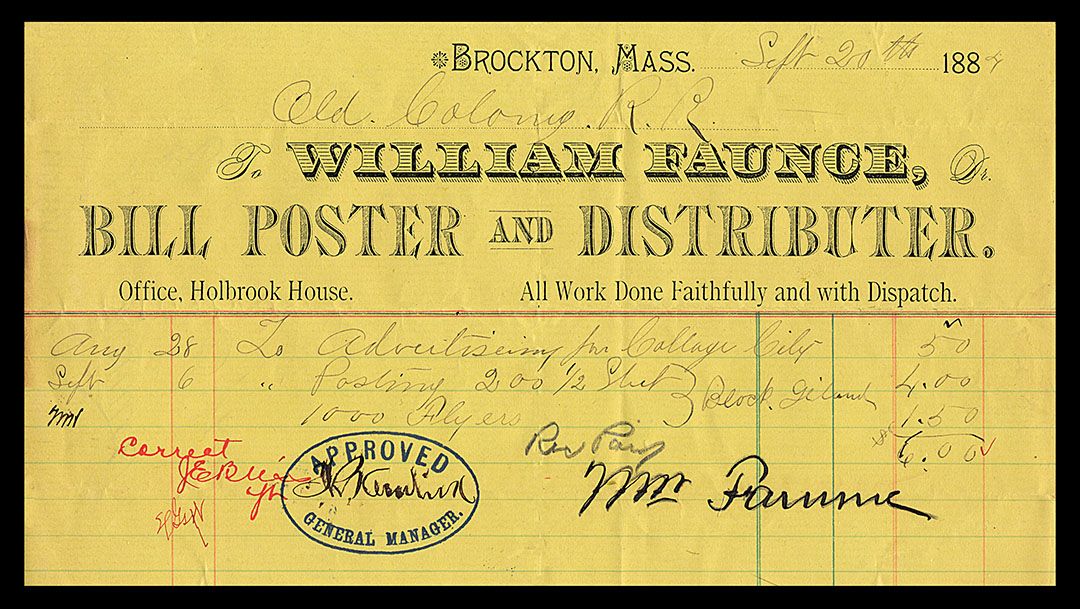
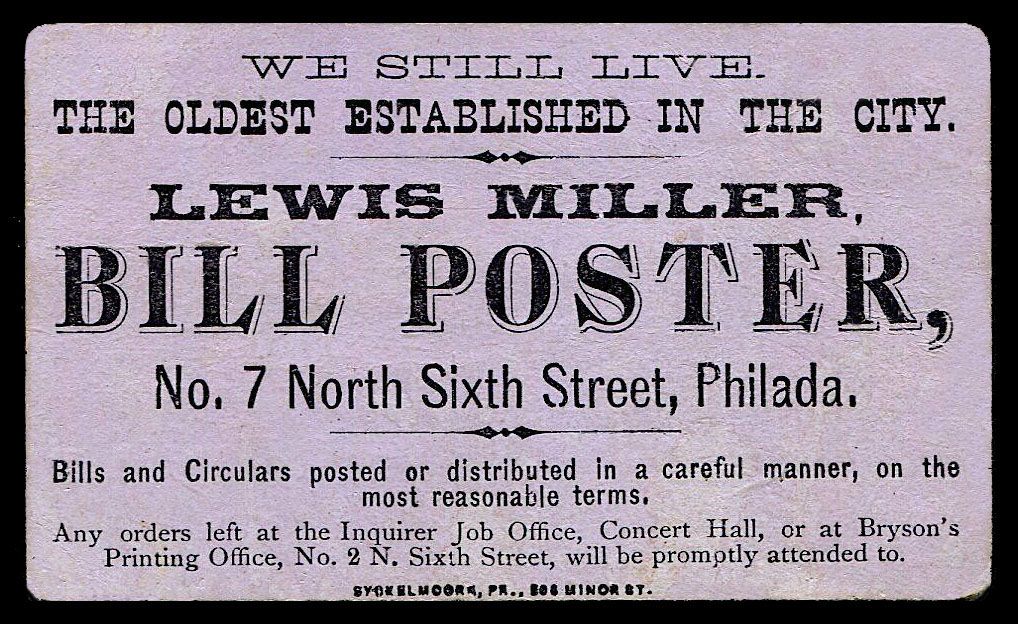
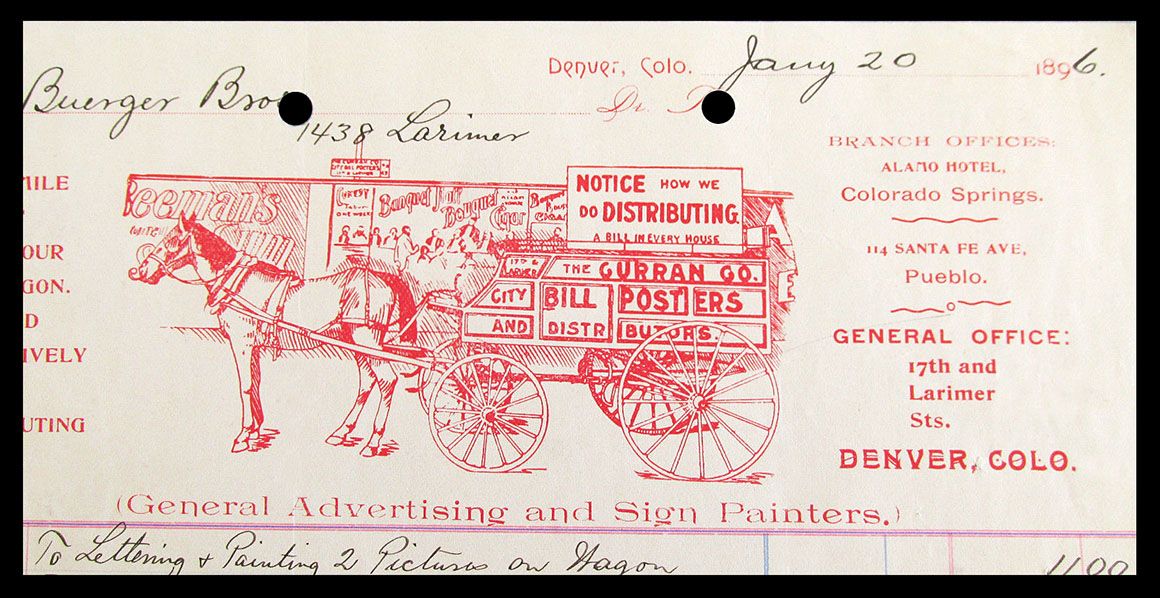
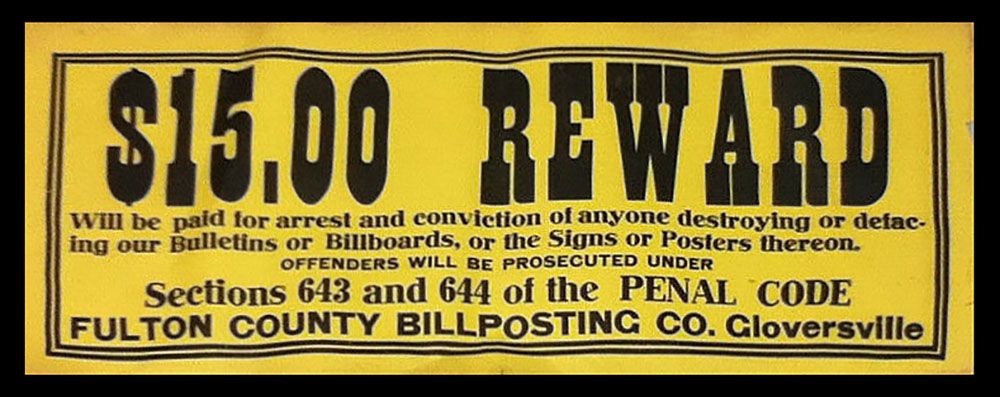
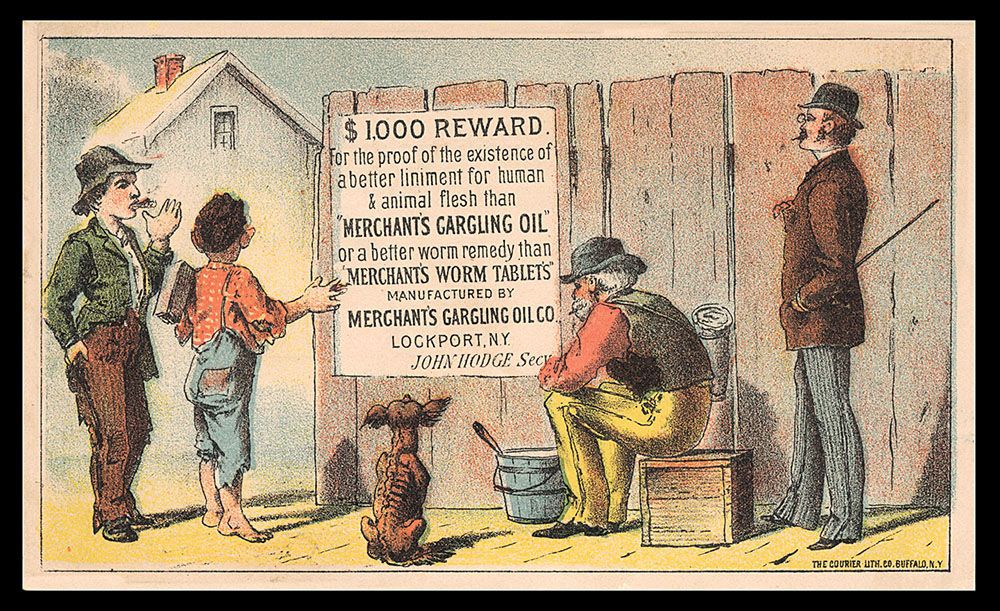
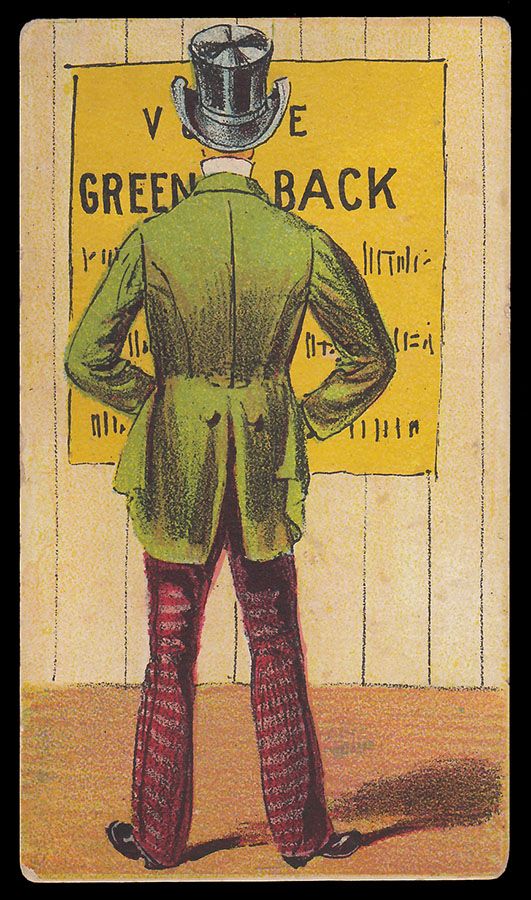
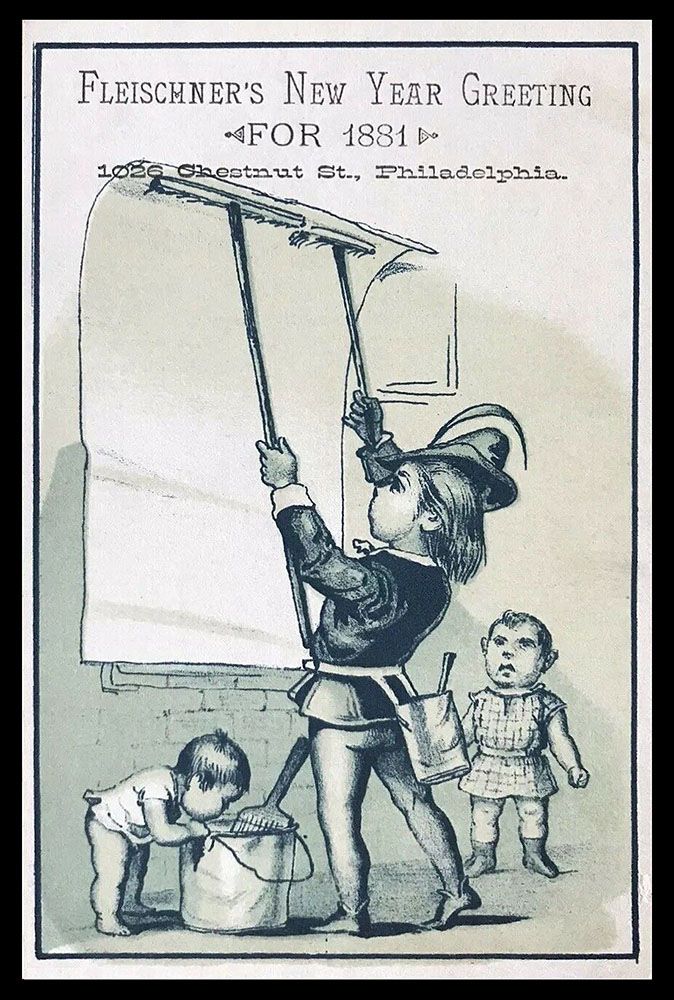
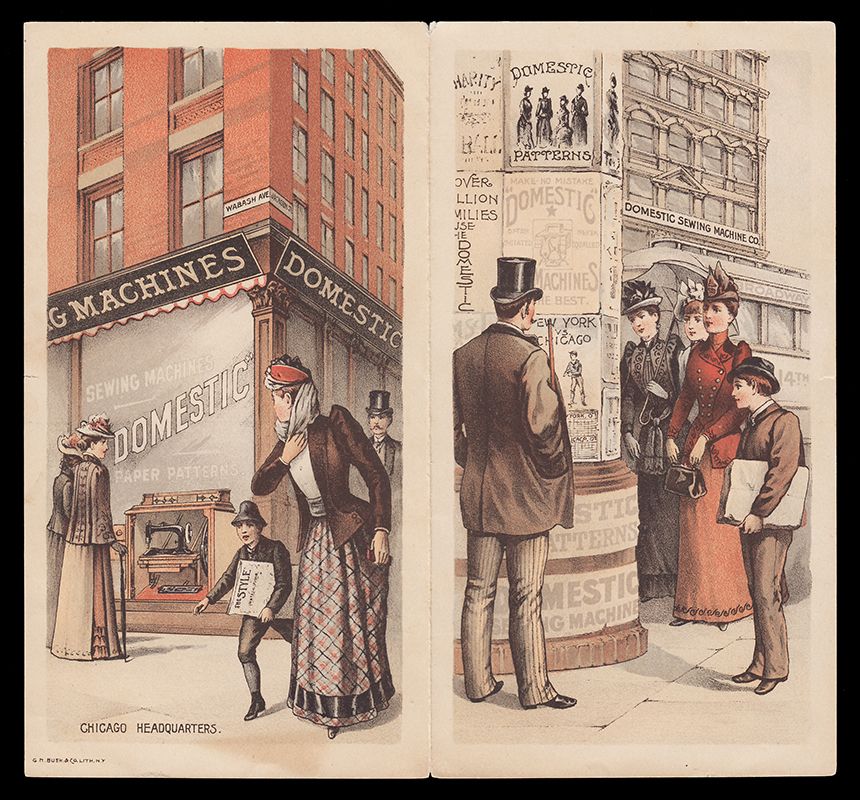
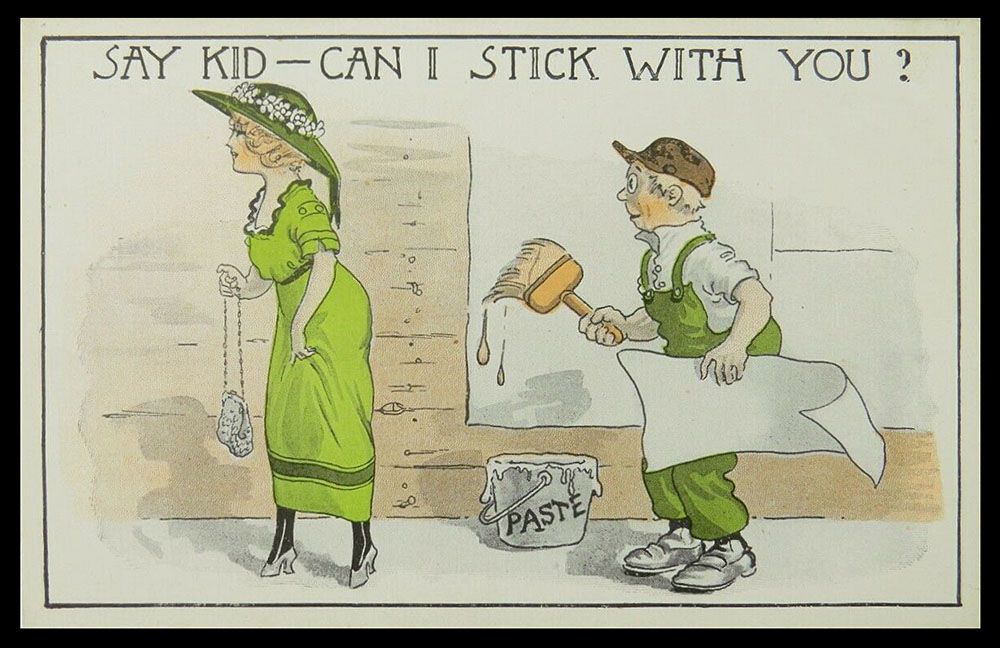
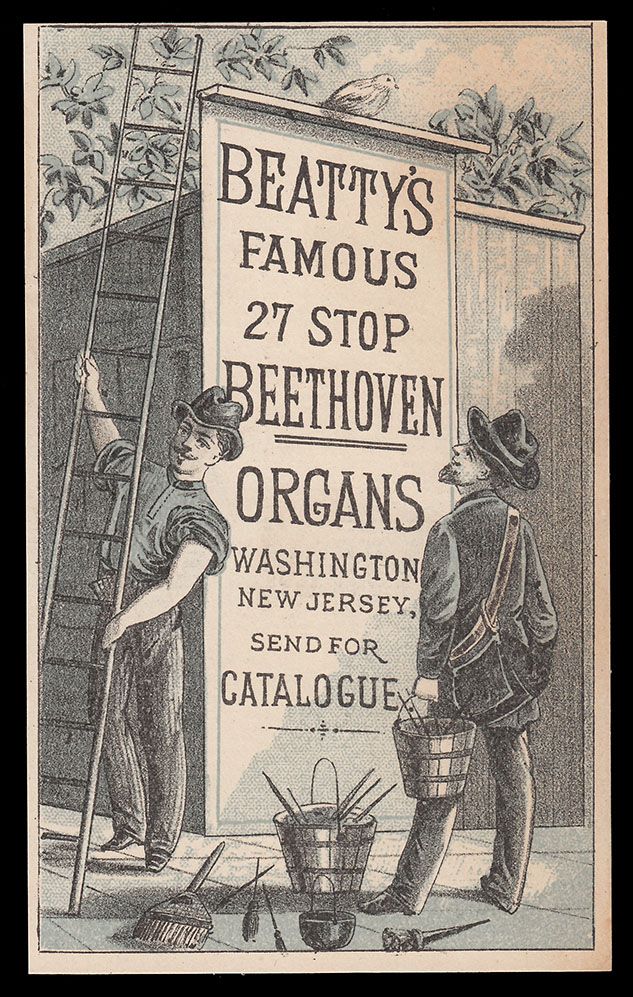
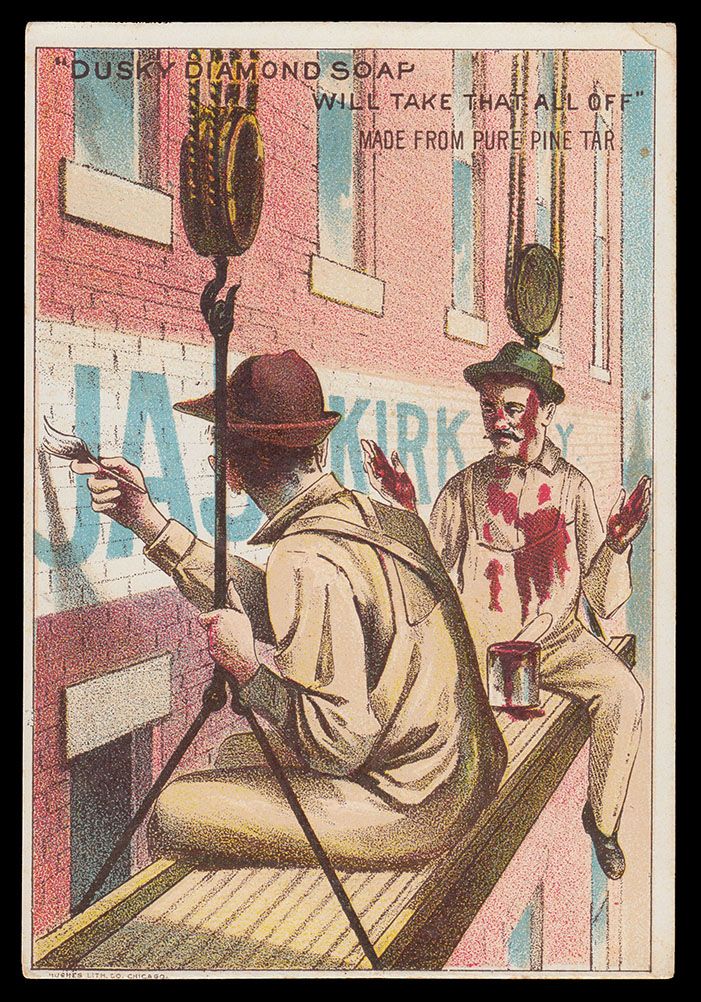
Sandwich Boards
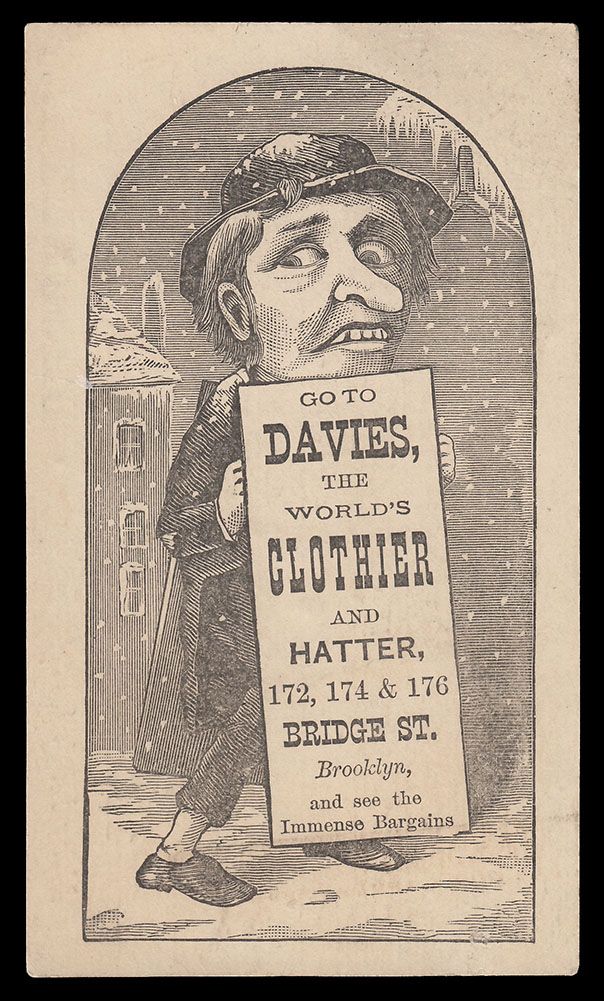
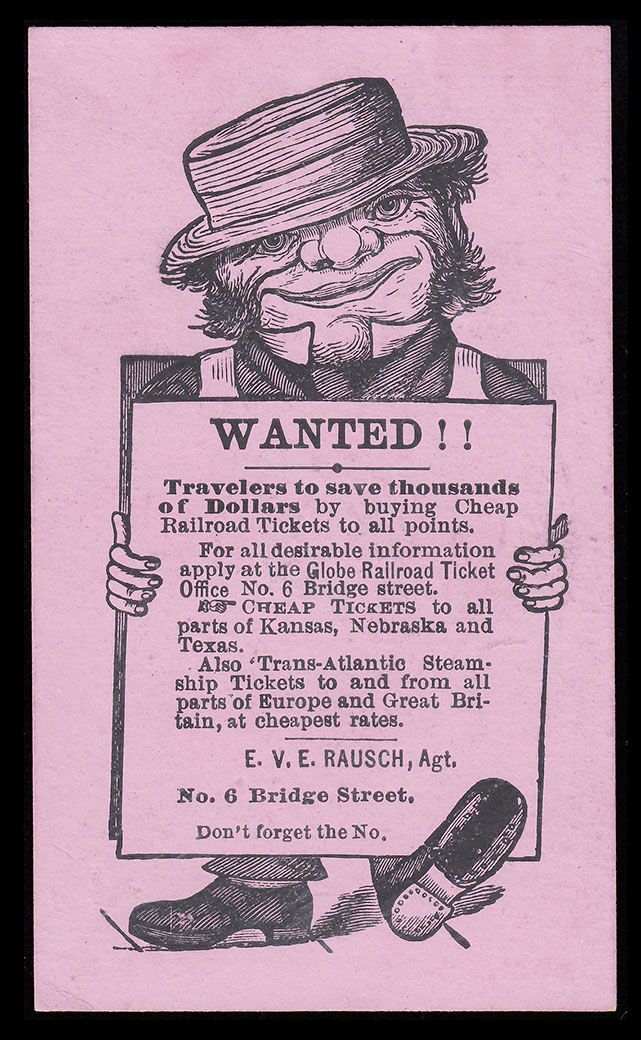
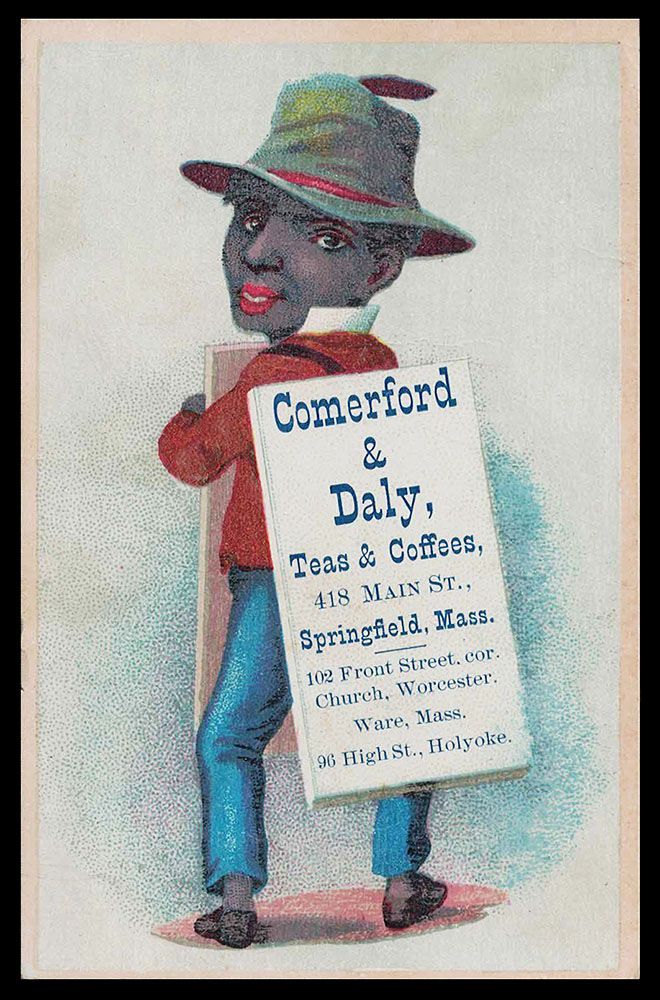
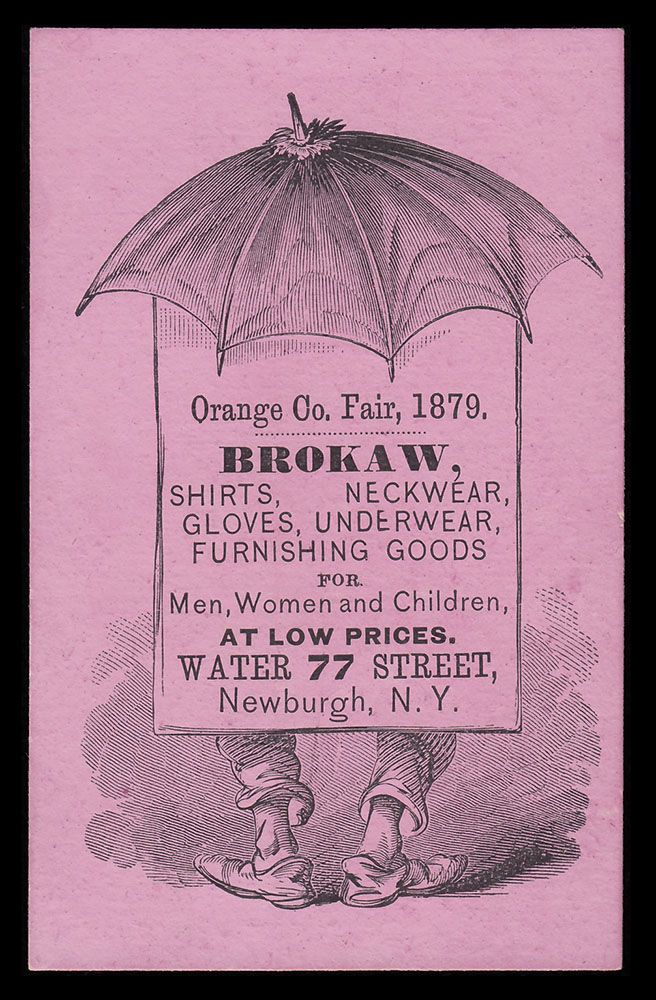
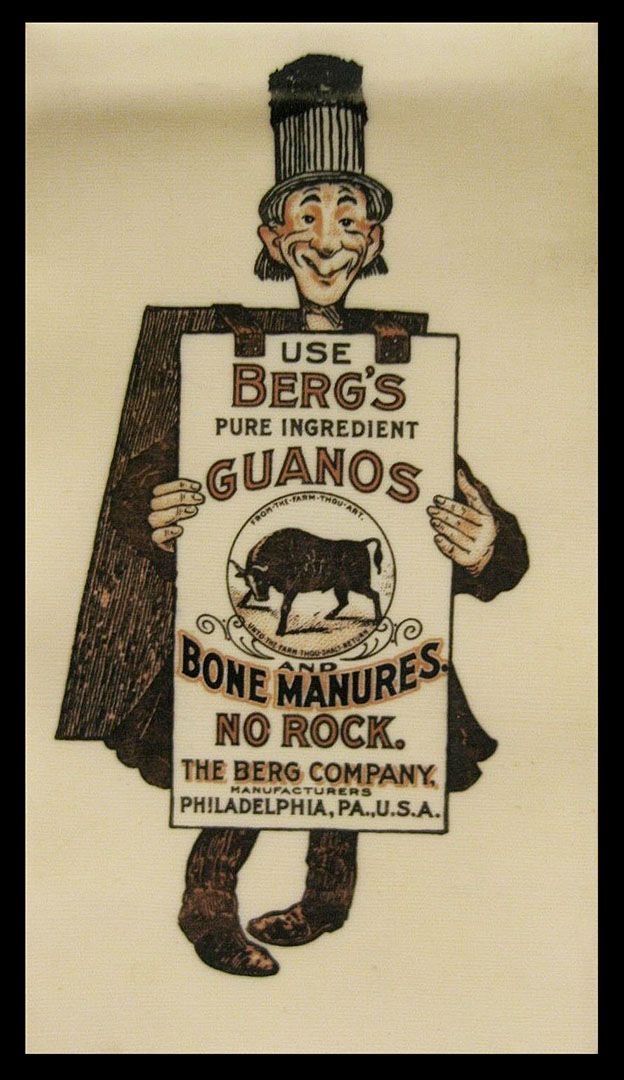
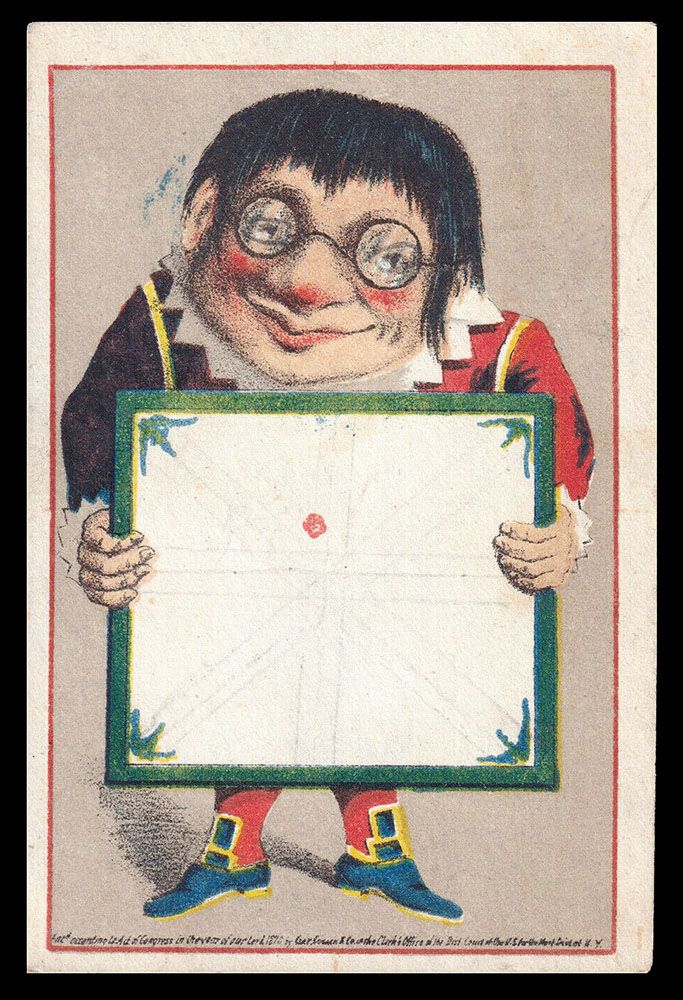
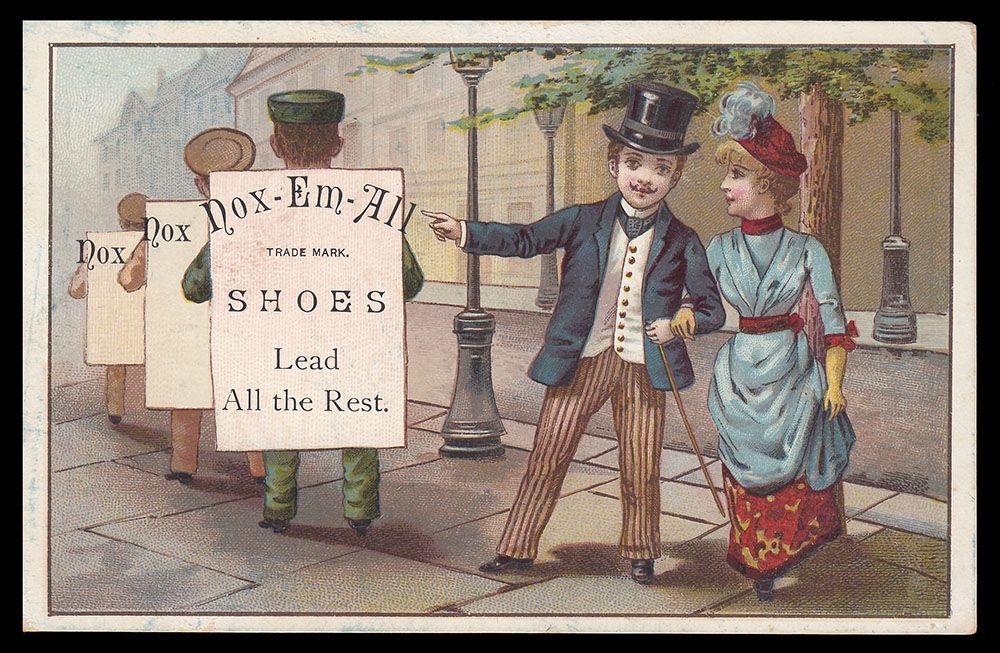
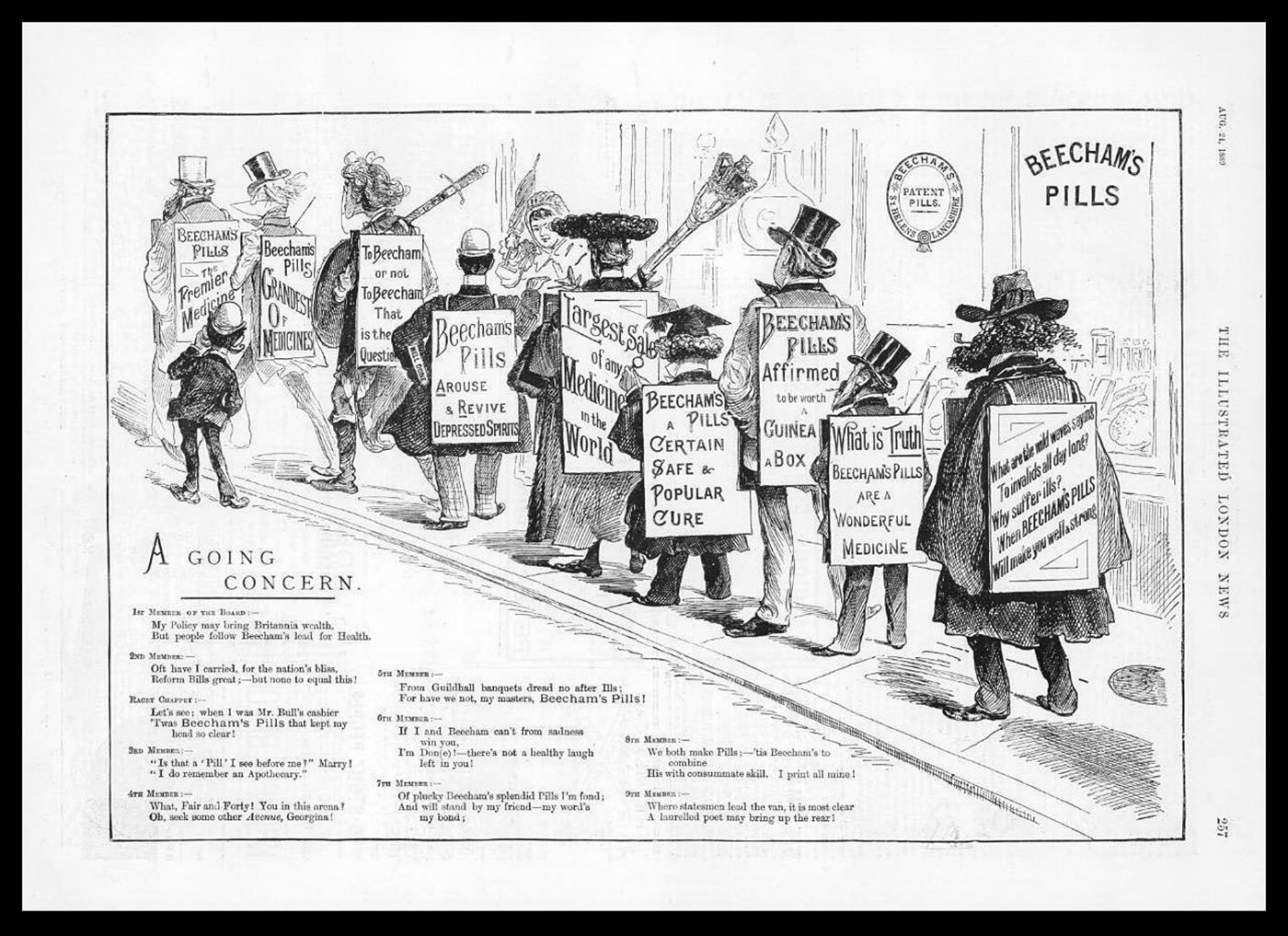
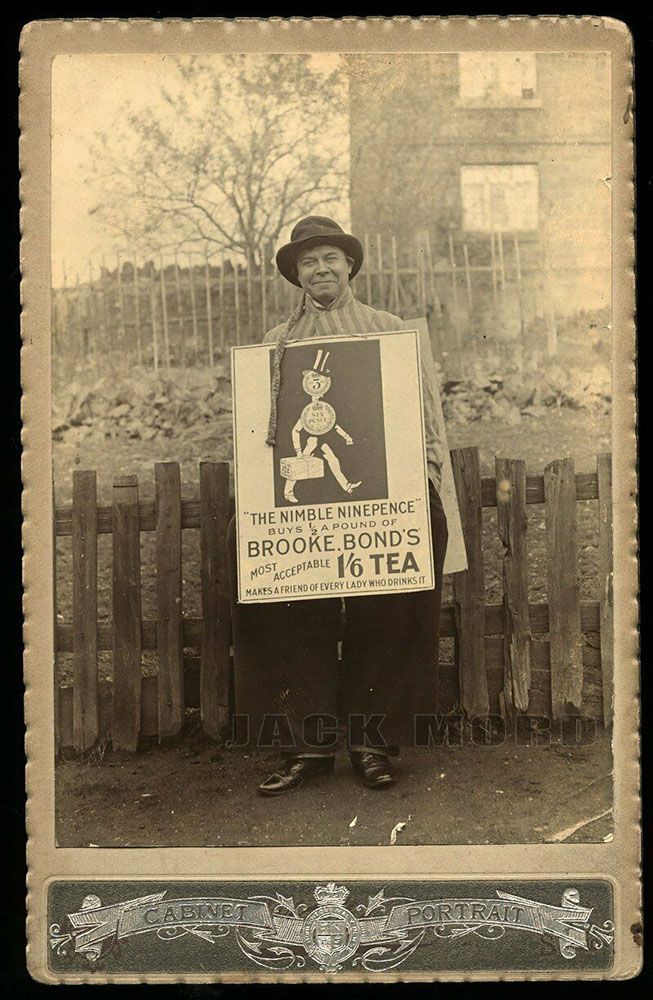
Seen on eBay
